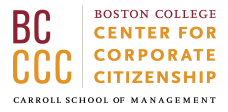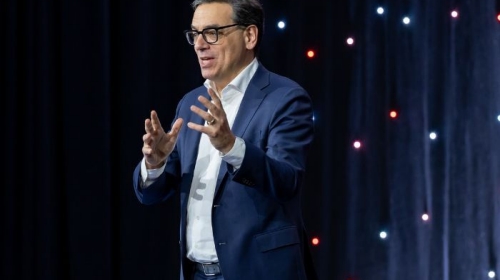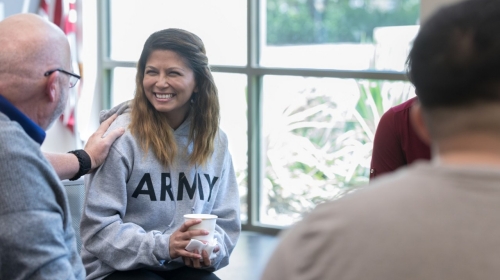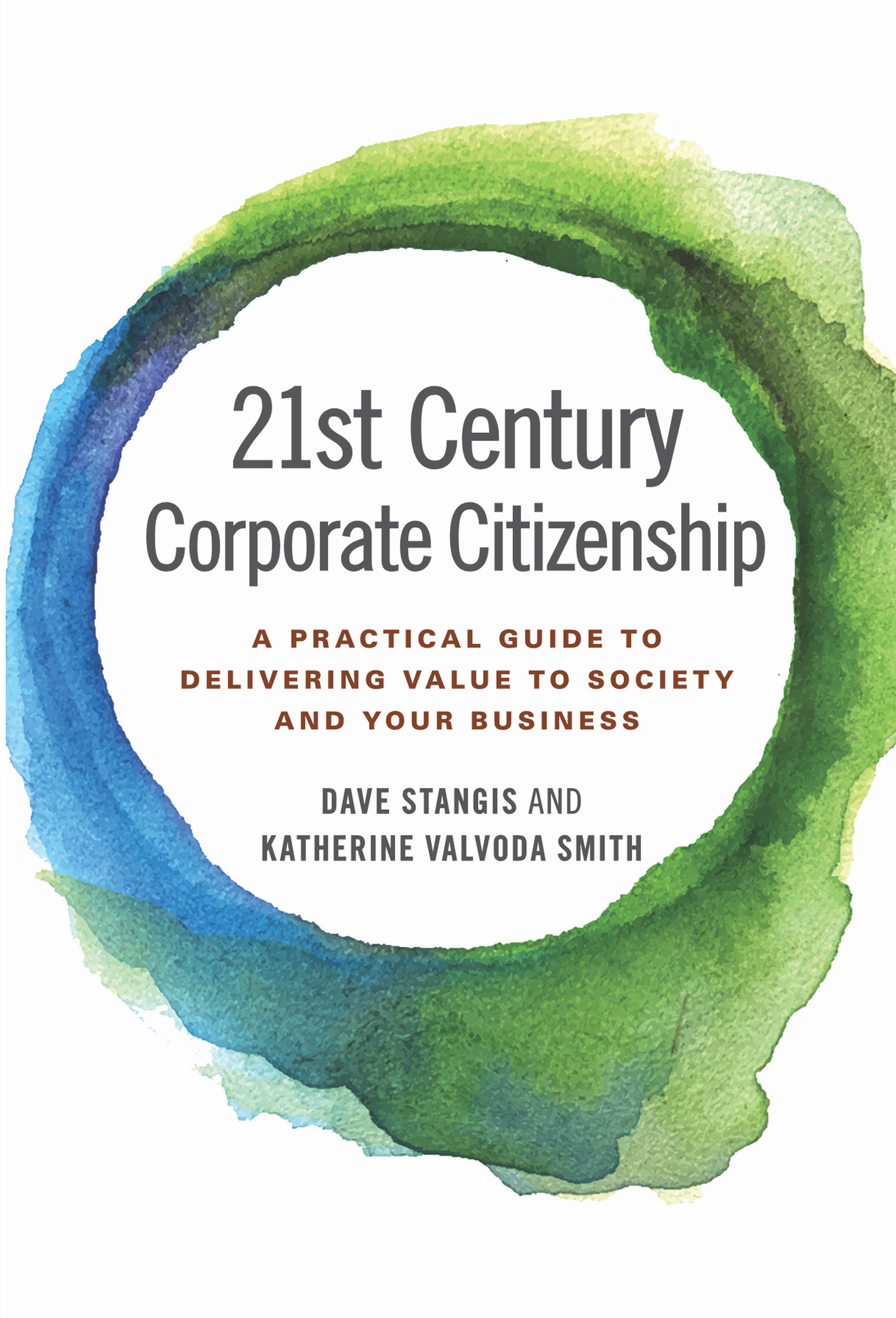 View all Corporate Citizenship resources >
View all Corporate Citizenship resources >
For more than 30 years, we at the Boston College Center for Corporate Citizenship have worked to provide the resources and tools to help organizations make the most of their corporate citizenship programs.
While we’ve worked hard over the past few decades to deliver valuable research and insights, I—along with many of the leading corporate citizenship professionals with whom the Center has had the privilege of working—have felt that there was a need for a practical guide to take CSR to the next level. Dave Stangis, Vice President of Corporate Responsibility and Chief Sustainability Officer for the Campbell Soup Company, shared this belief, and offered to co-author a book with me to fill this gap. The result: 21st Century Corporate Citizenship: A Practical Guide to Delivering Value to Society and Your Business. Our intention is to help you align environmental, social, and governance (ESG) objectives with business goals to create long-term success.
Here, you’ll find an excerpt from the book detailing the importance of networks, the keys to a structured program, and a strategy case study from Dave’s own experience.
The Importance of Networks and Influence
So far we’ve talked quite a lot about how you start to create influence as a corporate citizenship expert within your organization. If you’re knowledgeable about your company’s purpose, goals, strategy, and processes, and your corporate citizenship strategy integrates with that of the business, you’re three-quarters of the way there. Your next step is to figure out who can help you advance the environmental and social investments that will differentiate your company in a successful way.
Connecting your corporate citizenship strategy to business imperatives gives you a roadmap for how to build your network of influence. This is accomplished best by identifying the people who have a vested interest in achieving your objectives. For example, are you responsible for managing your company’s disaster relief efforts? If so you’ll need to check in with logistics, HR, and communications. Are you working on your company’s sustainability report? You should talk to people in many different operational units. Have you identified employee engagement as a citizenship business objective? Then someone in HR should be one of your first connections. Do you think you can reduce your water impact? Connect with your environment department, health and safety team, engineering group, and operations colleagues to get their buy-in and help. Is there a reputation or brand-building opportunity for you? Work with your communications and marketing team. You may not be leading an army, but you can mobilize one by connecting your objectives to their definitions of success. Building an engaged and motivated network will be absolutely fundamental to the success of your program.
If you have a strong network structure, you have a flexible and resilient team. The reason networks are so successful is because each part builds on the strengths of the other; being flexible, they give an organization the stability it requires.
So it’s clear when you’re working out how to execute your corporate citizenship program that you have to think in a networked way. This is commonly referred to as “systems thinking.” There are five points you’ll need to touch, all of which link to each other:
- Strategy: your plan for competing.
- People: getting the right group together to do the work.
- Structure: organizing the team.
- Processes: communicating, making decisions, accomplishing the tasks, measuring progress.
- Metrics and incentives: keeping people motivated to produce results.
If you make changes to one of these areas it has implications for all, so you always have to be thinking about whether you’ve organized things so you can achieve what you want.
In his book Designing Organizations, Jay R. Galbraith created The Star Model™ to visualize how this works. For Galbraith, a strategy is basically a company’s formula for success, encompassing the organization’s mission as well as its business goals. Its purpose is to create competitive advantage, and to do that a company has to have superior organizational capabilities. The Galbraith Star Model™ highlights the multiple dimensions of successful strategy implementation (see Figure A).
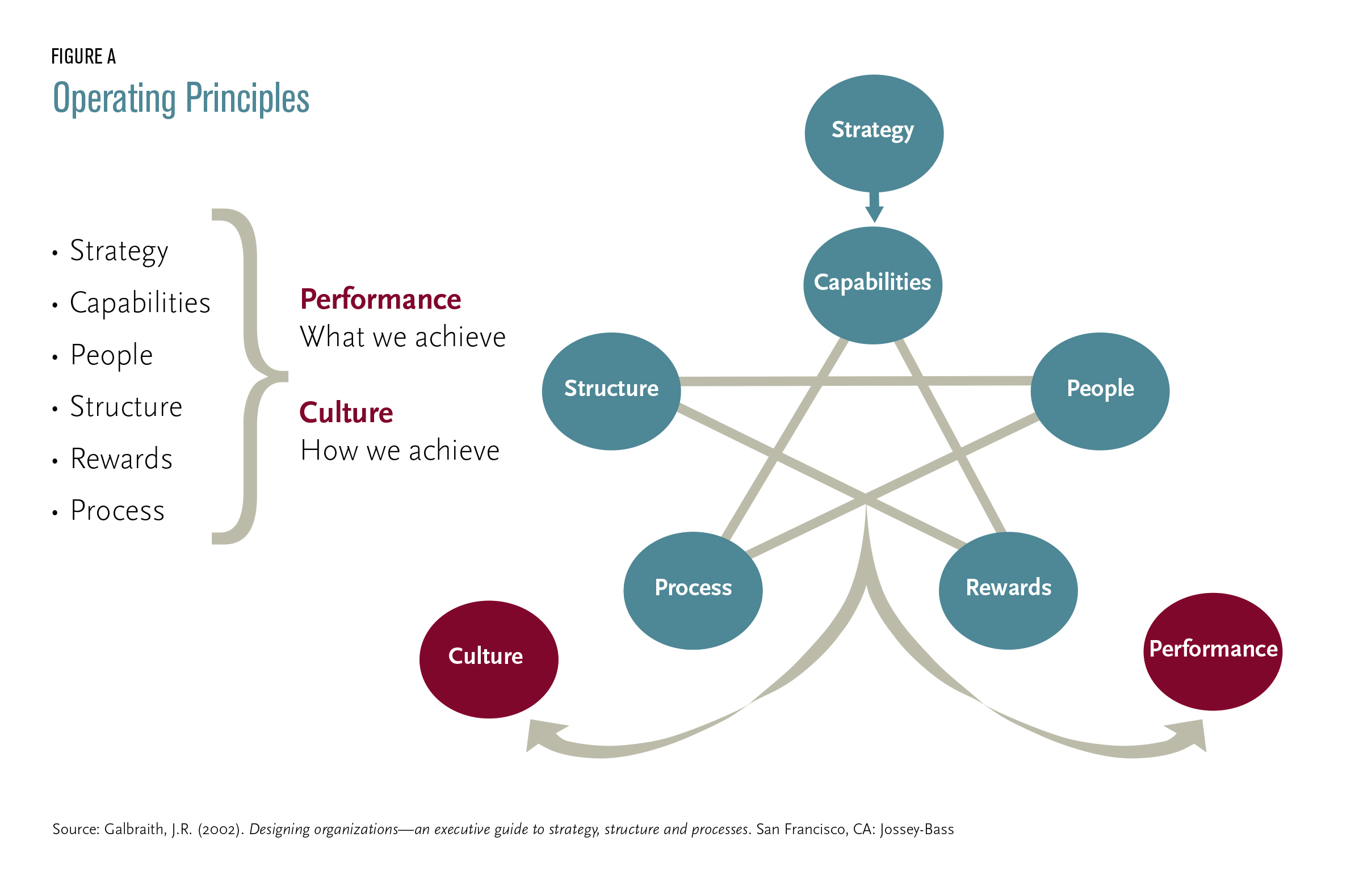
Galbraith’s model reminds us that it is not only about formal structures. It is about getting the right people involved, with the right incentives and processes to support the desired outcome. You can develop a Star Model for every program you have to ensure that you have a comprehensive plan that will yield the performance (what we have achieved) and culture (how you have achieved it) you are seeking.
The Right Strategy
It's important to remember that without the right strategy your corporate citizenship program is unlikely to succeed short term, and certainly won’t be sustainable in the years to come.
As an example of how this has played out in our own experience comes in Dave’s experience as Vice President of Corporate Responsibility and Chief Sustainability Officer of Campbell Soup Company. When he first arrived, he was asked to create a situational assessment and full strategic plan within three months, all without a team in place. He had a strong leader and a CEO who wanted a set of demanding goals; he also had a personal view of what success looked like, but knew from previous experience that it would take efforts from every part of the business to achieve it. The challenge he faced initially was bringing the executive team up to speed very quickly on the external environment, competitive landscape, and differentiating strategies he wanted the entire business to embrace—across the existing business divisions—from healthy beverages to simple meals and baked snacks and biscuits.
Understandably, the business presidents and functional leaders saw their consumer promise and bottom line priorities through different lenses; brands were delivering on specific consumer promises and internal functions had long-standing operational frameworks. Dave was hired to create a differentiating enterprise-wide strategy that brought together and leveraged strengths across these functions.
Having worked through complex global corporate citizenship challenges in the past, Dave was in a position to help bring in a broader perspective on outside issues with a much longer-term view. The CEO at the time, Doug Conant, proposed setting goals quickly and moving ahead. Dave knew that to drive real change, he needed to build consensus and a sense of ownership among the leadership team. So he went to those business leaders and brand managers and asked how he could help make them more successful long term. The answer was to translate what had to happen within each business unit and for each brand to make it the most competitive in the minds and hearts of consumers. Today’s food landscape continues to evolve to reflect consumer values toward transparency and real food.
The value that the team at Campbell sought to bring was a longer-term guidance for how those brands and the full enterprise could prepare to be positioned in the same place as consumers were headed. The Campbell team built a strategy that integrated key business drivers and sought to prepare for the future. Campbell’s purpose and enterprise strategic plan now clearly reflects Real Food, Transparency, and Sustainability as a core strategic imperative.
This is a tangible example of how a corporate citizenship strategy can work in tandem with other company leaders to have a long-term, positive, and proactive effect on a brand and the parent company.
View all Corporate Citizenship resources on the topic page:

* All of the profits of 21st Century Corporate Citizenship will benefit the Boston College Center for Corporate Citizenship. Buy now on Amazon.
